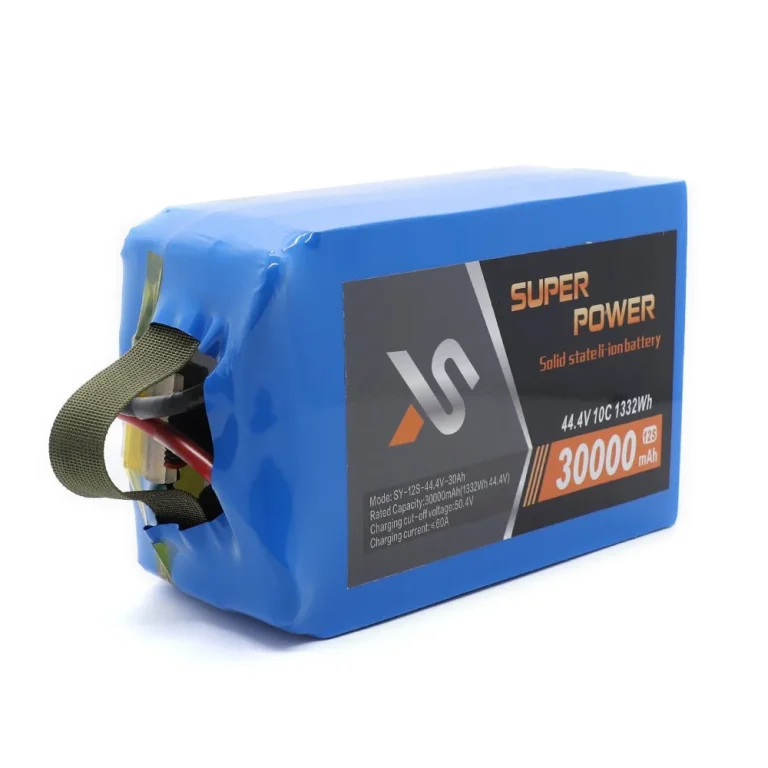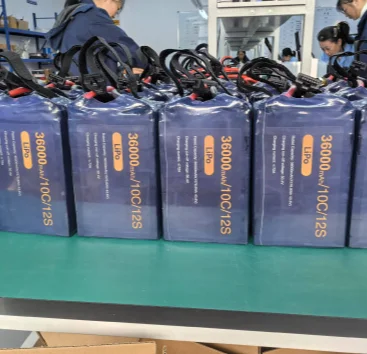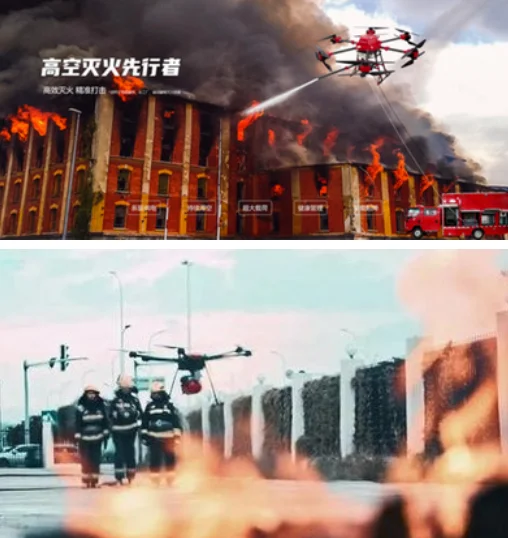As drones grow more vital in areas like photography, logistics, and security, knowing how to transport drone batteries is essential. Rules change depending on whether you travel by air or rail. Ignoring them could mean heavy fines or safety problems. In this article, we’ll go over the regulations and dangers tied to moving drone batteries. We’ll also share handy tips to keep you safe and within the law.
Can Drone Batteries Be Carried on Planes or High-Speed Trains?
Air Travel: Tight Rules for Lithium Power
For air travel, drone batteries face strict rules because they can spark fires. The Federal Aviation Administration (FAA) and the International Air Transport Association (IATA) set these guidelines:
- Batteries ≤100Wh: You can usually bring these in carry-on bags.
- Batteries ≥160Wh: These are not allowed unless the airline says yes beforehand.
In 2023, a 200Wh drone battery caught fire in a plane’s cargo area. The blaze spread fast, proving how risky lithium batteries can be if mishandled. Drone users need to understand these limits and prepare for air trips.
High-Speed Rail: A More Relaxed Choice
China’s high-speed rail offers more leeway than air travel. Per CRH (China Railway High-speed) rules, drone batteries up to 300Wh don’t need special permission. This helps drone operators move batteries between cities easily. It’s a top pick for those handling multi-city deliveries or carrying bigger batteries without hassle.
What Kind of Drone Battery Can Be Carried Legally?
Energy Levels vs. Legal Caps
To stay legal, you need to figure out your drone battery’s energy. It’s measured in watt-hours (Wh). Here’s the formula:
- Wh = Voltage × Amp-hours
Take a 14.8V battery with 6.75Ah. That’s 99.9Wh—under 100Wh, so most airlines allow it.
The Tricky Spot of Modular Batteries
Modular batteries might look like a clever workaround. They’re made of smaller units combined. But airports now check for this. Breaking a big battery into smaller pieces to dodge rules is chancy. Your gear might get taken. Always keep the total energy under legal limits.
Safety Risks of Drone Batteries in Transit
Thermal Runaway: A 30-Second Disaster
Lithium batteries, like those in drones, can be dangerous if harmed. FAA stats say 65% of in-flight battery fires start from damaged cells. Think crushed or pierced batteries in bags. This can trigger thermal runaway—a spark turns into a fire in just 30 seconds.
Fake Labels: A Sneaky Threat
Counterfeit drone batteries are another worry, especially online. About 30% of “certified” ones fail the UN38.3 safety test for air travel. They look legit but don’t meet standards. This ups the chance of fires or breakdowns.
How to Choose a Drone Battery for Air or Rail Travel
Safety-First Features
Pick drone batteries that list their Wh ratings clearly. Go for ones with built-in circuit safeguards. Look for protection against overcharging or draining too much. These keep the battery safe on the move.
Taixing Shengya’s Tailored Options
Taixing Shengya Electronic Technology Co. makes custom drone batteries that fit aviation rules. Their batteries come with tamper-proof labels and connectors like XT60 to MR30 adapters. These ensure smooth, safe travel by air or rail. Reach out to us today for details.
Preparing Drone Batteries for Safe Transport
Air Travel: The 30% Charge Tip and Fireproof Bags
For flights, charge your drone battery to 30% State of Charge (SOC). This cuts the fire risk if something goes wrong. Also, put it in a UN-certified fireproof bag. That adds extra safety.
High-Speed Rail: Shake-Proof Packing
High-speed rail brings vibration issues. To avoid short circuits, pack batteries well. Use silicone caps on terminals and foam padding. This shields them from shaking damage.
The Future of Drone Battery Transportation
Smart Batteries with Digital IDs
Soon, smart batteries might carry digital “passports.” These could show their details to customs with a QR code. That would make following rules simpler for drone users.
Solid-State Batteries: No More Lithium Limits?
Solid-state batteries are a big step forward. Taixing Shengya Electronic Technology Co. is developing non-flammable ones. They could skip many current travel restrictions. These batteries aim to be safer, stronger, and less trouble than lithium ones.
FAQs About Drone Battery Transportation
1. Can I bring a 150Wh drone battery on a plane?
No—most airlines stop at 100Wh for carry-ons. Special permits take 30 days’ notice.
2. Are swollen drone batteries okay on trains?
Swelling means cell failure. Dispose of them through certified e-waste spots.
3. How do I figure out my drone battery’s watt-hours?
Multiply voltage (V) by amp-hours (Ah). Example: 11.1V × 9Ah = 99.9Wh.
4. Can I ship drone batteries overseas?
Yes, but over 100Wh needs ground shipping per IATA’s PI 965 Section II.
5. Will solid-state batteries cost less by 2030?
Experts guess a 40% price drop as production ramps up.
In closing, understanding the rules and safety steps for drone batteries is a must for air or rail trips. Stay in the know and follow the guidelines. This keeps your gear safe and legal. For custom battery options, contact us for solutions that match your needs.












